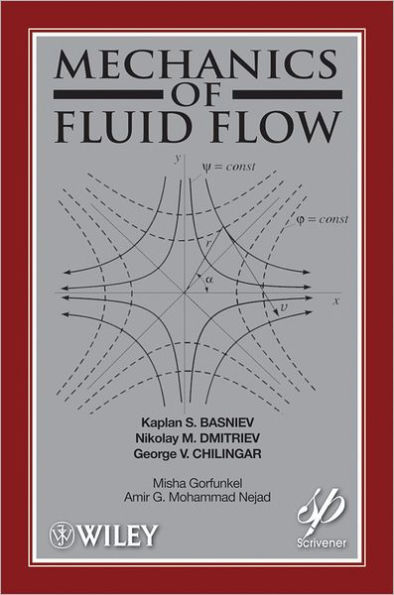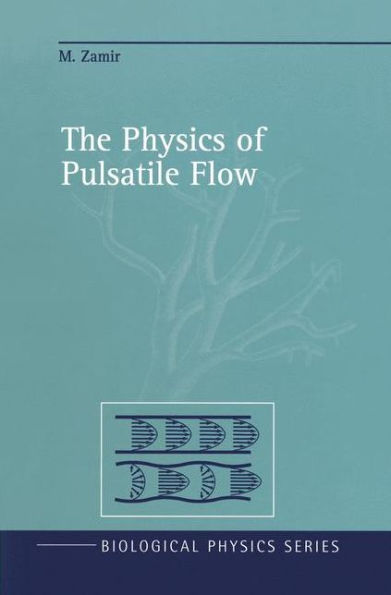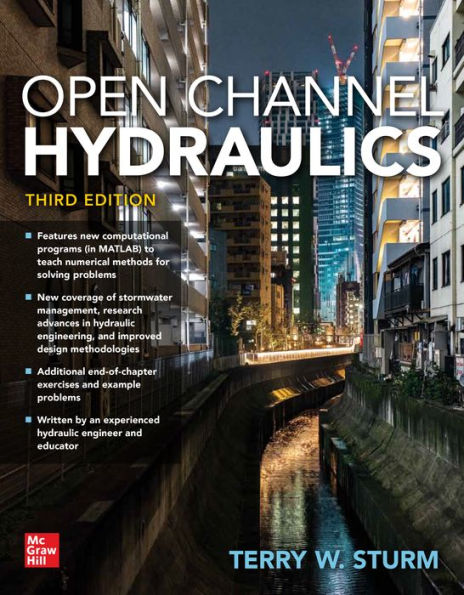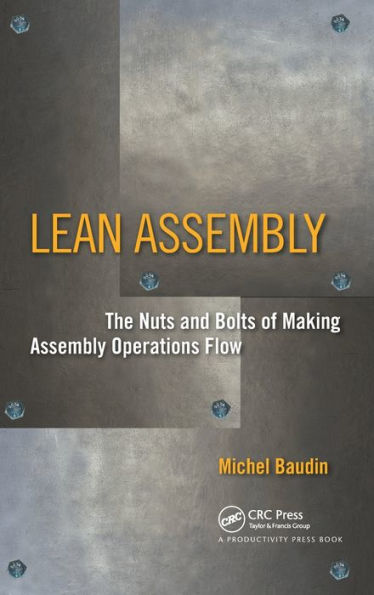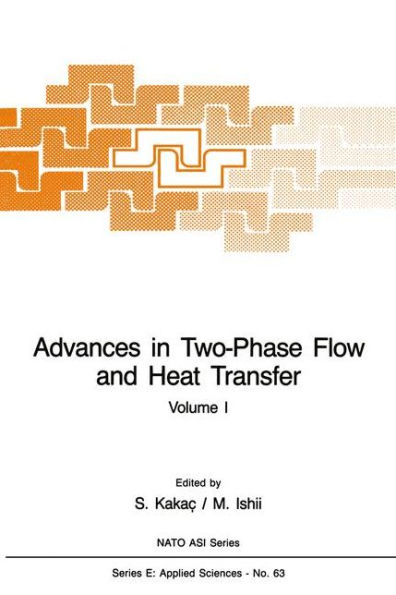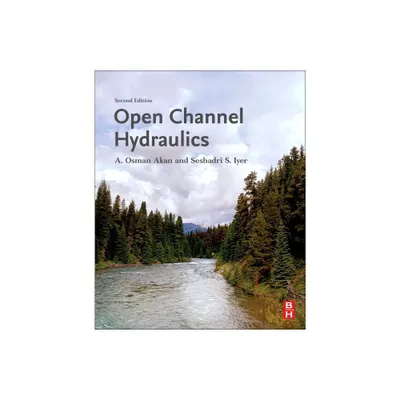Home
Fundamentals of Open Channel Flow / Edition 1
Loading Inventory...
Barnes and Noble
Fundamentals of Open Channel Flow / Edition 1
Current price: $84.95
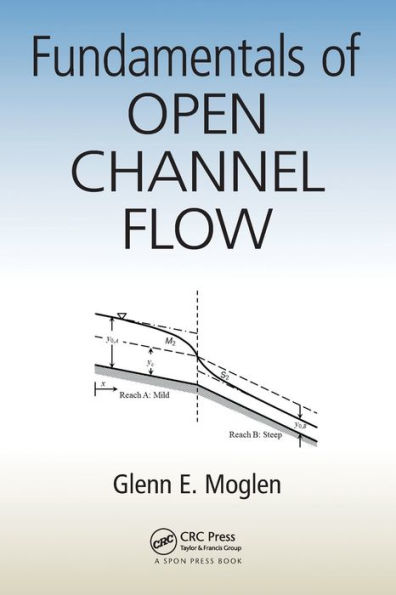

Barnes and Noble
Fundamentals of Open Channel Flow / Edition 1
Current price: $84.95
Loading Inventory...
Size: OS
*Product Information may vary - to confirm product availability, pricing, and additional information please contact Barnes and Noble
This second edition of
Fundamentals of Open Channel Flow
focuses on theory followed by clear, fully-solved examples, and practical computational tools such as spreadsheets and industry standard software. It builds on a foundation in fluid mechanics and offers the basics of a first course in open channel flow for senior undergraduates or graduate students: energy, momentum, friction, and gradually varied flow, both qualitative and quantitative. This edition provides more coverage of design applications, including culvert design, a wider range of channel shapes, and an update of the US Corps of Engineers’ HEC-RAS program. It shows how a few simple equations can solve a range of basic problems. The energy-depth and momentum-depth relationships are examined graphically and the book's website offers unique animations showing actual flow dynamics of some transient flow problems, as well as solutions to end-of-chapter problems and PowerPoint slides for instructors.
Fundamentals of Open Channel Flow
focuses on theory followed by clear, fully-solved examples, and practical computational tools such as spreadsheets and industry standard software. It builds on a foundation in fluid mechanics and offers the basics of a first course in open channel flow for senior undergraduates or graduate students: energy, momentum, friction, and gradually varied flow, both qualitative and quantitative. This edition provides more coverage of design applications, including culvert design, a wider range of channel shapes, and an update of the US Corps of Engineers’ HEC-RAS program. It shows how a few simple equations can solve a range of basic problems. The energy-depth and momentum-depth relationships are examined graphically and the book's website offers unique animations showing actual flow dynamics of some transient flow problems, as well as solutions to end-of-chapter problems and PowerPoint slides for instructors.
